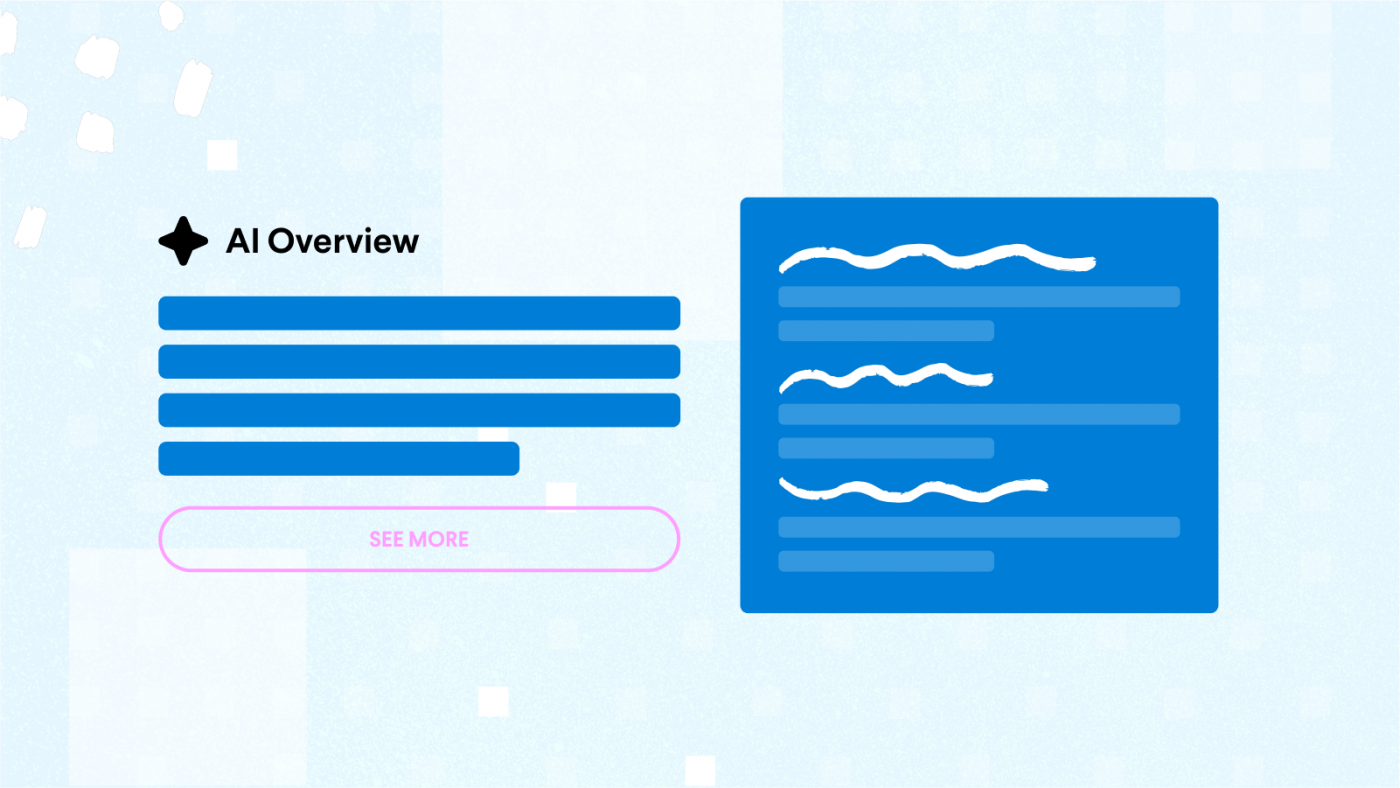Share This Article
About four years ago we talked about content discoverability and UX on forums; since then the digital ecosystem has continued to evolve, and rather than just focus on forums, we’re going to take a look at the web as a whole in the four years since the last article. Let’s start with something we talked a lot about in the previous article: Content feeds.

The growth and (partial) rejection of the algorithmic feed
Years ago algorithmic feeds were a bright and shining beacon and the future of content discovery.. Sort of. Some implementations were better than others, and some went well beyond what one might consider acceptable (which is what we’ll be talking about here). News, memes, drama, all conveniently fed to us as we scroll, their relevance determined by what the algorithm anticipates we’ll be interested in.
2025 has seen the beginning of a shift: While algorithmic feeds are still very much the default, people have begun to question the usefulness of them.
“Why does my feed think I care about celebrity X?”
“Why is every other post pushing a conspiracy theory or skincare products I never asked for?”
Or, the age-old classic: “Can I please just see posts in chronological order again?”
Users began to question the impartiality of the algorithm’s feed. And then more users learned that a lot of algorithmic feeds on major sites weren’t designed to feed you content you liked, but content you would engage with so you’d keep scrolling longer.
Here’s the Important point: Algorithmic feeds are an issue with larger sites, but smaller niche/indie sites? You’re less likely to get user pushback as long as you provide options, given it’s harder to claim suppression or bias given discoverability of everything is still there.

A smarter site search
Did you know Clippy is making a comeback?
You might recall Clippy, the animated paperclip assistant from the 1990s, known for its enthusiastic (if often uninvited) attempts to help users write documents. Well, in a sense, it’s making a return.
In 2025, site search has leveled up. Things like real-time suggestions that feel eerily psychic, search bars that correct your typos before you even make them, and AI helper bots that don’t just return results—they guide you (and we’re going to talk more about the harms of this guidance later).
“Looking for an article on UX trends?”
“Did you mean ‘UX patterns in community forums’?”
“By the way, here are some related topics you might enjoy!”
Oddly, despite all this helpfulness, one simple feature still hasn’t gone fully mainstream: search term highlighting. With all this advanced technology, you’d think finding your keywords in an article would be a simple task. Yet, across much of the internet, that basic expectation remains frustratingly out of reach.
Kinder, gentler paywalls (and users who bypass them)
The enduring challenge of internet monetization remains: how can publishers charge for content without deterring users?
Paywalls in 2025 have softened a bit. Instead of slamming a lock screen in your face, many sites now take a more delicate approach, offering X number of free articles per month, only requiring registration to read, exclusive “subscriber only” content, or a mixture of all three.
Even then, despite lowering the barriers a bit, users turn to caching systems, reader modes, user-shared summaries in social comment threads, and websites dedicated purely to bypassing paywalls. Why pay or register if someone’s already posted a clean version of the article on a content archive or link-sharing site?
We’re also seeing more sites offer “gift links” to allow users to view a single article for free. This strategy helps with marketing efforts and operates on the “First taste for free” premise: If the user regularly finds themselves wanting a gift link to a specific publisher, maybe they’ll actually pay for their own subscription?

Google’s AI summaries
And now we come to the newest content bogeyman: AI summaries in search results.
Starting in 2023, Google has started offering AI summaries for any searchable content, giving you the gist of an article right there in the search page, no clicking required. Although this functionality is extremely convenient for users, it can have extreme effects on content creators.
Websites are now competing with an automated summary box that pulls their content, condenses it, and (sometimes) misinterprets it. All without sending traffic their way. Of course, curious or cautious users still click through when they want more detail, but the initial-drop in click-through rate is being felt across all creators.
The controversy around AI training data is one thing. This is a whole new layer of concern: content extracted, summarized, and served, without the original site getting any of the attention (or ad revenue).
Wrapping Up
So, here we are in 2025. Content discovery has never been smarter, or more turbulent. We’ve got AI assistants, curated feeds, sneaky paywalls, and Google summaries trying to steal the show. And somewhere in the background, that one classic forum is still thriving with an outdated XenForo install.
The web may be constantly changing, but one thing’s certain: how we find, interact with, and value content is still up for debate. The UX journey isn’t over, it’s just getting started (again), and I have no doubt we’ll be covering this topic at least one more time in the not-so-far future.


